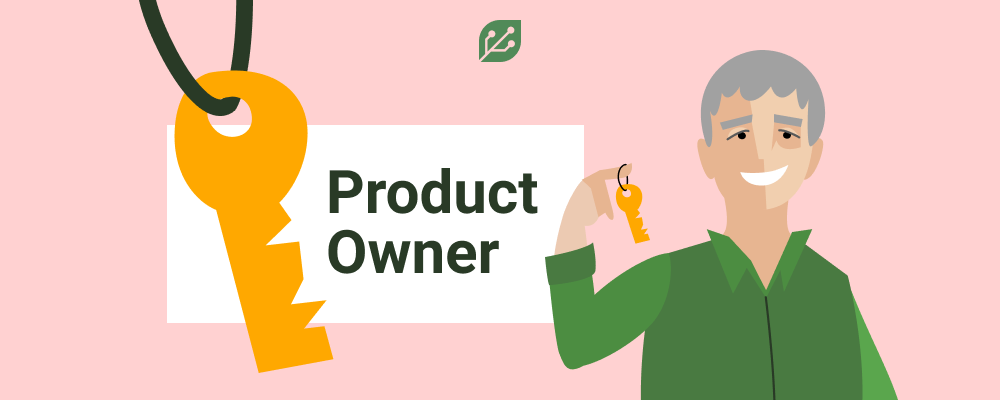
Early Working Prototypes Help Product Owners Create Success
Product owners are responsible for identifying market needs, writing the business plan, convincing senior executives to invest in the product, managing the budget and timeline, and making hard tradeoffs when needed. As such, they’re constantly worried about whether the product will be accepted in the market.
Market acceptance is such a big concern for a product owner because the potential for failure is so high. The Harvard Business School estimates that more than 30,000 new products are introduced annually, and 95% fail.
Ninety-five percent!
So product owners are right to worry. Think about it. They’re typically asking shareholders for an investment of $10 million, $20 million or even more to develop a product with a miniscule chance of winning. That’s why it’s up to the product owner to do everything (legally) possible to swing the odds in his or her company’s favor.
And that’s where GreenHouse by ICS comes in.
GreenHouse is an ambitious undertaking that leverages our experience and knowledge to create a rapid development environment for embedded touch devices. In addition to helping address key concerns, including time to market, cost of bill of materials, product quality, etc. GreenHouse offers two things guaranteed to make a product owner cheer:
-
Early availability of a working prototype that is continuously extended through the development cycle, providing for in-parallel market testing
-
The ability to adjust the user experience (UX) at minimal cost even late in the development cycle, allowing owners to react to competition or take advantage of new market opportunities
GreenHouse works by allowing UX designers to create using their usual workflow and then feed this directly into GreenHouse, which in turn generates the application structure that implements this UX. Through the use of a rules engine, environmental or user input can cause actions to be taken. Initially, these actions are just “stubs” and do nothing. However, with each development sprint they evolve until the whole application comes into existence.
The important point here is that very early in the product life cycle, a working UX can be shown and discussed with critical customers to ensure market acceptance. And this process of soliciting market input can occur throughout the product development cycle.
No More Throwaway Prototypes
The value of prototypes when gathering market information is unmatched as watching a presentation or reviewing a document does not have the same impact as seeing the burgeoning product in action. Traditionally, the problem has been that the prototype is only created once. As the product evolves, it evolves further and further from the prototype until the prototype is no longer of value in gathering market input.
This means that in the typical product development cycle, there is a dangerous “blind period” where the prototype is no longer relevant yet engineering can’t provide the product owner with a demonstration version to use to gather market input.
But GreenHouse changes this paradigm.
GreenHouse not only helps to create the prototype, but it actually becomes the real product though continual refinement. That means at no time is the product owner without a working demo that can be shown to critical customers.
By providing a prototype early, one that continues to evolve into the actual product, GreenHouse eliminates the blind period. This allows market adjustments and corrections to occur early and continuously throughout development, giving product owners the ability to evolve as business realities change.
Late Changes are Easily Accommodated
GreenHouse also provides product owners with another invaluable benefit: the ability to make late-stage changes without busting the budget. This allows owners the flexibility to respond to competition or market opportunities for minimal cost. This is possible because with GreenHouse, the UX is architecturally isolated from the application. The implementation of either user touch actions or external stimulus (e.g. alarm sensors, etc.) is effectively a plugin.
And it’s all driven by a rules engine. So revising or adding a feature, even late in the game, is a matter of changing the UX (if necessary), altering some rules, adding or modifying the business plugins, and then regenerating the application. The architecture generated by GreenHouse ensures that modifying the application, even at the eleventh hour, is a clean process.
Taken together, using GreenHouse dramatically improves the odds of product development success.
Learn more about GreenHouse by downloading our webinar. You can also read more about how GreenHouse benefits other members of the product team and increases the likelihood of project success.